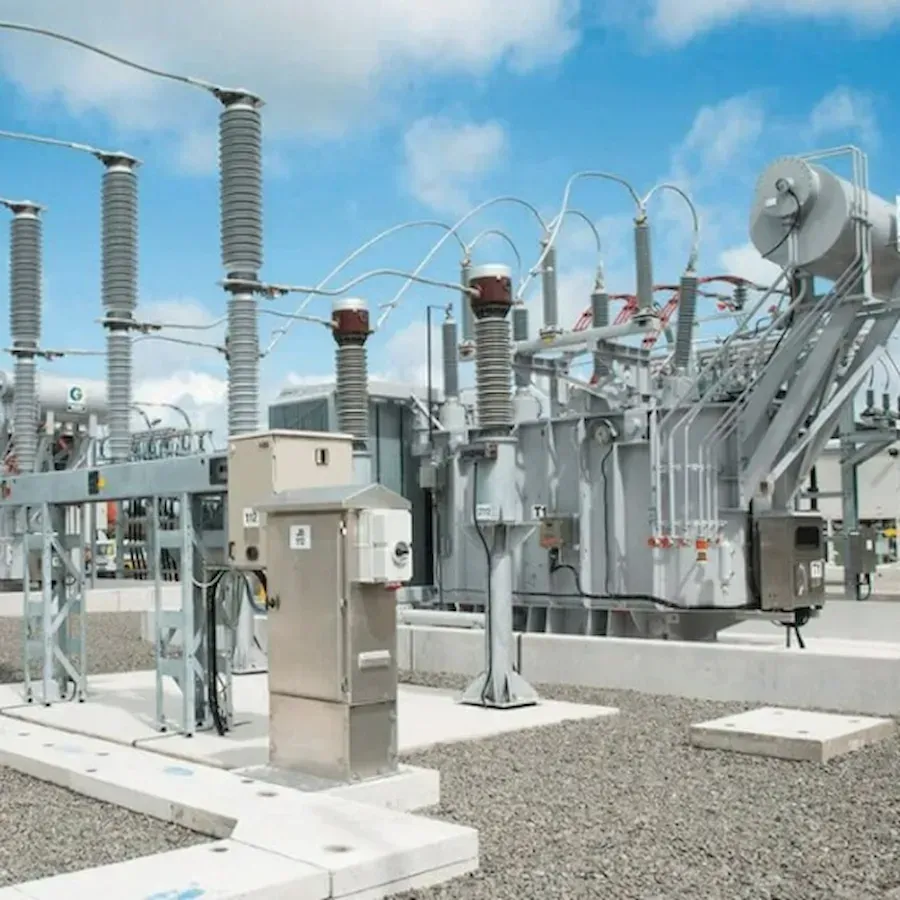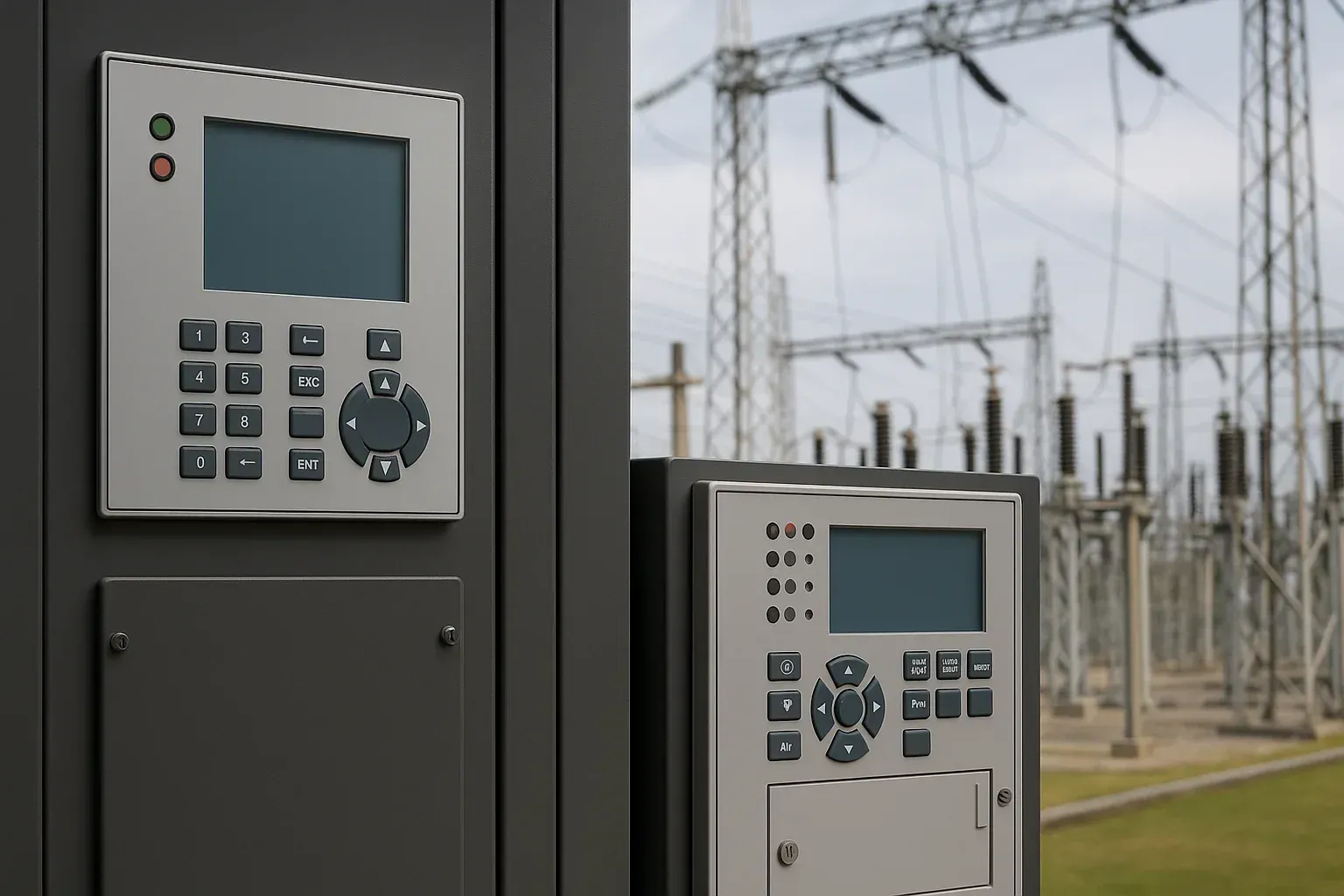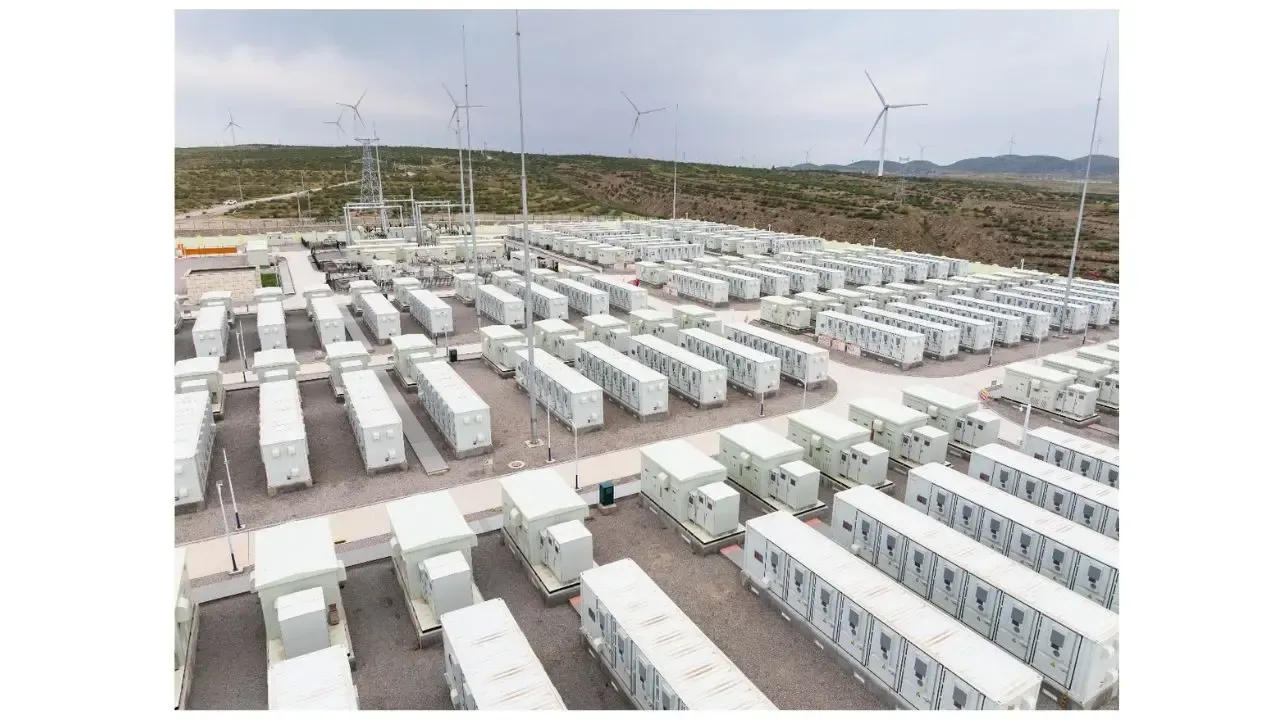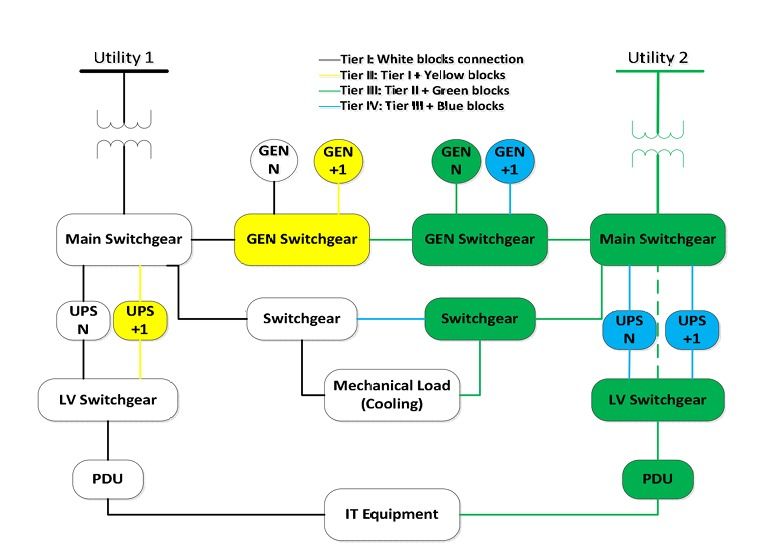A Coordinated Electric System Interconnection Review—the utility’s deep-dive on technical and cost impacts of your project.
Challenge: Frequent false tripping using conventional electromechanical relays
Solution: SEL-487E integration with multi-terminal differential protection and dynamic inrush restraint
Result: 90% reduction in false trips, saving over $250,000 in downtime
Change Management Process in Power Systems: A Vital Link Between Operations and Planning
May 30, 2025 | Blog

In today’s highly regulated and rapidly evolving electric grid environment, maintaining the integrity, transparency, and predictability of power system models is crucial. One of the fundamental pillars supporting system reliability and regulatory compliance is the
Change Management Process (CMP) — a structured protocol that governs how updates to
control parameters, firmware versions, and equipment settings are tracked, validated, documented, and communicated.
Understanding the Scope of Change Management
Change Management refers to the formal process of identifying, documenting, approving, implementing, and tracking alterations made to hardware or software components of a power system. These changes may pertain to:
- Control Parameters: These include voltage control settings, governor droop, automatic voltage regulator (AVR) gains, and power system stabilizer (PSS) settings.
- Firmware Versions: Updates to embedded software in relays, IEDs, controllers, and communication devices.
- Equipment Settings: Settings in protective relays, inverters, capacitor banks, tap changers, and other field devices.
Each of these changes can potentially impact the behavior of dynamic models used by Transmission Planners (TPs) and Planning Coordinators (PCs) for grid simulations and system impact studies.
Why Change Management Matters
1. System Reliability
Changes that affect the dynamic behavior of the system can lead to modeling errors, stability issues, or miscoordination of protection schemes if not properly tracked and reflected.
2. NERC Compliance
Standards like MOD-032, MOD-033, and PRC-019 require accurate model validation and coordination of system models. Failure to notify planners about model-affecting changes can lead to non-compliance.
3. Cybersecurity Risks
Untracked firmware changes may introduce vulnerabilities. A structured CMP mitigates unauthorized or untested firmware from being deployed.
Key Components of an Effective Change Management Process
A. Change Identification and Classification
Establish a framework to:
- Monitor updates from vendors.
- Flag changes that affect model performance (e.g., inertia, ramp rates, control delays).
- Categorize changes into non-material, material, or model-affecting.
B. Documentation and Logging
All changes should be logged with:
- Change ID and timestamps.
- Responsible personnel.
- Detailed description.
- Version history of the equipment/software.
C. Evaluation and Impact Analysis
Before implementation, assess:
- Whether the change affects dynamic, short-circuit, or power flow models.
- Potential operational impacts.
- Need for simulation or bench testing.
D. Stakeholder Communication
Notify Transmission Planners (TPs) and Planning Coordinators (PCs) about any changes that could affect modeling. Notifications must include:
- Effective date.
- Updated model files (e.g., PSS®E, PSCAD, or EMTP).
- Supporting documentation.
E. Review and Approval Workflow
Define multi-level reviews involving:
- Engineering review (technical feasibility).
- Compliance team (regulatory checks).
- Cybersecurity (firmware integrity).
F. Implementation and Verification
Implement changes in a controlled manner using version-controlled repositories. Conduct site acceptance tests and remote verification.
G. Audit and Continuous Improvement
Regular audits and post-implementation reviews ensure continuous refinement of the process. Lessons learned should be documented and shared across departments.
Integration with Planning Models
Once model-affecting changes are implemented:
- Submit revised model data (e.g., .dyr, .raw, .seq) to the TP/PC.
- Update SLDs and block diagrams.
- Confirm that updated models pass simulation benchmarks like load flow convergence and transient stability tests.
Common Model-Affecting Changes
| Change Type | Potential Impact |
|---|---|
| AVR or PSS tuning | Affects voltage stability and damping characteristics |
| Firmware upgrade in IED | Firmware upgrade in IED May change control logic or communication protocols |
| Relay setting modifications | Relay setting modifications Affects protection coordination and trip logic |
| Inverter firmware patch | Inverter firmware patch Alters LVRT, HVRT, or frequency ride-through behavior |
| CT/PT ratio changes | Impacts relay calibration and metering accuracy |
Best Practices for Implementing CMP
- Implement a centralized Configuration Management Database (CMDB).
- Use Digital Asset Management (DAM) tools.
- Maintain a Change Advisory Board (CAB).
- Employ automated alerting tools to detect undocumented changes.
- Integrate CMP with SCADA, EMS, and asset health monitoring systems.
Conclusion
The Change Management Process is not just an administrative protocol — it is a critical enabler of grid reliability, regulatory compliance, and cybersecurity in modern power systems. By systematically tracking, analyzing, and communicating changes to control parameters, firmware, and settings, utilities ensure that their dynamic models reflect the true state of the system and can withstand both regulatory scrutiny and real-world disturbances.
Technical FAQs on Change Management Process
1. What is the goal of a Change Management Process in power systems?
To ensure that any changes to equipment, firmware, or parameters are documented, evaluated, and communicated to maintain system integrity and compliance.
2. What qualifies as a model-affecting change?
Changes that influence the performance or behavior of system models, such as AVR tuning, relay logic changes, or firmware upgrades.
3. Who needs to be notified about model-affecting changes?
Transmission Planners (TPs) and Planning Coordinators (PCs).
4. What data formats are used to submit updated models?
Common formats include .dyr, .raw, .seq, and proprietary formats like PSCAD or EMTP files.
5. How often should audits of the change management system be conducted?
At least annually or whenever a significant system event occurs.
6. Is firmware considered a cybersecurity risk?
Yes. Unverified or outdated firmware can introduce vulnerabilities and should be tracked under cybersecurity protocols.
7. What tools assist in change management?
CMDBs, digital asset managers, SCADA logs, EMS systems, and automated version control tools.
8. What is a Change Advisory Board (CAB)?
A group that reviews, evaluates, and approves proposed changes before implementation.
9. How do you ensure traceability of changes?
By assigning unique Change IDs, using detailed logs, and version-controlled documentation.
10. What standards require change management for model-affecting data?
NERC MOD-032, MOD-033, PRC-019, and CIP-010.
11. How can a small setting change affect the grid model?
Even minor changes to control loop gains or setpoints can impact transient stability or voltage profiles.
12. What are some examples of control parameters?
Governor droop, PSS gain, AVR limits, voltage setpoints, and deadband settings.
13. Why must TPs/PCs be notified promptly?
So they can update simulation models to reflect accurate system dynamics for reliability planning.
14. Can undocumented changes lead to compliance violations?
Yes. Failure to document and notify changes can result in fines and enforcement actions from regulatory bodies.
15. Is testing required after implementing a change?
Yes, functional testing, simulation validation, and occasionally on-site verification are required to confirm accuracy.

About the Author:
Sonny Patel P.E. EC
IEEE Senior Member
In 1995, Sandip (Sonny) R. Patel earned his Electrical Engineering degree from the University of Illinois, specializing in Electrical Engineering . But degrees don’t build legacies—action does. For three decades, he’s been shaping the future of engineering, not just as a licensed Professional Engineer across multiple states (Florida, California, New York, West Virginia, and Minnesota), but as a doer. A builder. A leader. Not just an engineer. A Licensed Electrical Contractor in Florida with an Unlimited EC license. Not just an executive. The founder and CEO of KEENTEL LLC—where expertise meets execution. Three decades. Multiple states. Endless impact.
Services

Let's Discuss Your Project
Let's book a call to discuss your electrical engineering project that we can help you with.

About the Author:
Sonny Patel P.E. EC
IEEE Senior Member
In 1995, Sandip (Sonny) R. Patel earned his Electrical Engineering degree from the University of Illinois, specializing in Electrical Engineering . But degrees don’t build legacies—action does. For three decades, he’s been shaping the future of engineering, not just as a licensed Professional Engineer across multiple states (Florida, California, New York, West Virginia, and Minnesota), but as a doer. A builder. A leader. Not just an engineer. A Licensed Electrical Contractor in Florida with an Unlimited EC license. Not just an executive. The founder and CEO of KEENTEL LLC—where expertise meets execution. Three decades. Multiple states. Endless impact.
Leave a Comment
We will get back to you as soon as possible.
Please try again later.
Related Posts














